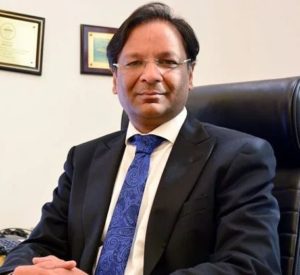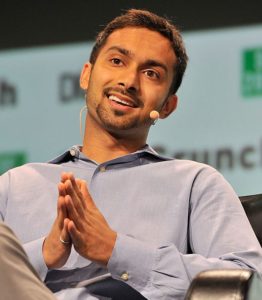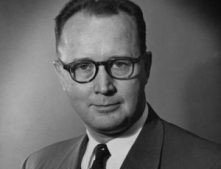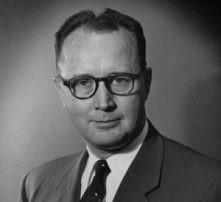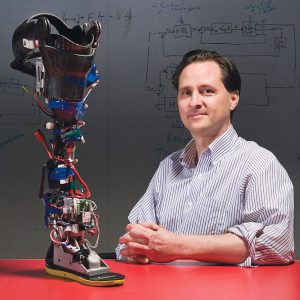Jay Rogers : The Founder of Local Motors and Inventor of First 3D Printed Electric Car
There have been startups based on daily needs and also on the pain points people go through every day. But sometimes, it is the question of life and death, and the safety of people. There are many such examples of startups that are inspired by the people’s safety, and one such startup is Local Motors, that have a great story behind it.
Local Motors was founded by Jay Rogers in 2007 and have its headquarters situated at Phoenix, Arizona. Local Motors is a car manufacturing company that builds its autonomous cars with the help crowdsourcing.
Before starting up Local Motors, Rogers was a Marine in the US navy. But even before that, he was a confused young lad, who did not have any idea what would be the best career choice for him. He graduated from Princeton University with a degree in banking and was about to opt for an MBA for his post-graduation when he met a fellow from the same MBA batch, who had also been a marine.
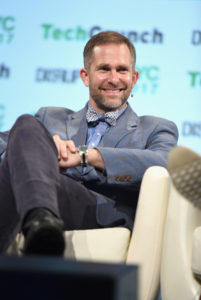
Influenced by that person, Rogers, in 1999, joined the U.S. Marine Corps. He served as a marine for seven long years and went through random experiences. He was posted in locations, including Iraq. In 2004, when he was appointed in Iraq, he lost one of his fellow officer and friend, Brent Morel while riding a Humvee. Rogers found it stupid to deploy a Humvee in Iraq as the vehicle have a heavy engine. Again in next couple of years, he lost his another friend due to the failed landing of a Boeing Vertol CH-46 Sea Knight helicopter.
These incidents hit Rogers hard, as he found out that these two vehicles were the best vehicles built in America. Still, these were not smart enough to save human lives. After seven years of his service as a marine, Rogers returned to complete a degree in business from the Harvard University, to give a direction to his new startup that was inspired by the sad incidents happened in his life. He wanted to start a company that would create smart vehicles to help people with their needs.
Rogers studied the business models of various car manufacturing companies, and what they all were doing was not customer-focused. He had a different approach, through which he wanted to build customer-oriented vehicles. So he thought of building a unique open-source micro-factory for rapid manufacturing.
But without investments, it was not possible to build a company, and then the products. So he approached the investors from the silicon valley, but for his disappointment people were more interested in investing their money in the already famous companies like Tesla. But without losing hope, Rogers raised a $10 million with the help of his family, friends and a few investors.
But the amount was not sufficient for both designing and developing the product. But Rogers again came with a unique solution. He opted for crowdsourcing the design concept for the company’s first product, offering $20,000 for the winner. An art student won the competition, and in 2009, based on the same design, Rogers launched the Rally Fighter, the first Local Motors product and a souped-up, fibreglass-chassis dune buggy made to run in the desert. The car was a massive success. A total of 20 units of this desert crawler was sold in the same year.
Since the launch of Rally Fighter, the basic business model of the company includes designing, engineering and manufacturing of automobiles open source, such that the designers are welcomed to submit their designs, and the community votes and selects the winners. Even though a single winner is chosen for the design, the community members can suggest improvements for the same. For Rally Fighter only, 35000 designs had been submitted by designers.
Rally Fighter was a giant desert truck, so now Rogers wanted something that would be suitable for the general public. On the arrival of the 3D printers in 2014, he opened a challenge for the Local Motors’ employees as well as for the community members to make the world’s first drivable 3D-printed automobile. 200 designers participated in the challenge, and Strati became the world’s first 3D printed electric car. The car was manufactured in 44 hours and in front of a live audience at the International Manufacturing Technology Show in McCormick Place, Chicago.
Though the car was not powerful enough, it set new technology standards. It gave Rogers the confidence of building something new. A few months later, Local Motors was invited to Berlin’s Urban Mobility Challenge, to build an emission-free minibus. Again Rogers notified all its 200,000 in the community for the designs for a $20,000 top prize. The design of a 24-year-old Colombian industrial engineer, Edgar Sarmiento, was finalised for the challenge and Olli was manufactured. The 8 to 12 seater minibus, Olli, was manufactured in the partnership with IBM.
Olli was demonstrated on Facebook Live of Berlin’s Urban Mobility Challenge. People were quite impressed with the design and the capabilities of the vehicle. So the company received $1 billion in financing from Florida-based Elite Transportation Services (ETS) for Olli. The company also received funding of $20 million from Texas-based Xcelerate.
The company is looking forward to embedding the autonomous driving and artificial intelligence to the new models of Olli. For bringing the new technologies to Local Motors, the company has partnered with International Business Machines Corp.’s Watson program for artificial intelligence and also with Robotic Research LLC.
Currently, Jay Rogers is serving the company as the CEO.

Yashica is a Software Engineer turned Content Writer, who loves to write on social causes and expertise in writing technical stuff. She loves to watch movies and explore new places. She believes that you need to live once before you die. So experimenting with her life and career choices, she is trying to live her life to the fullest.


